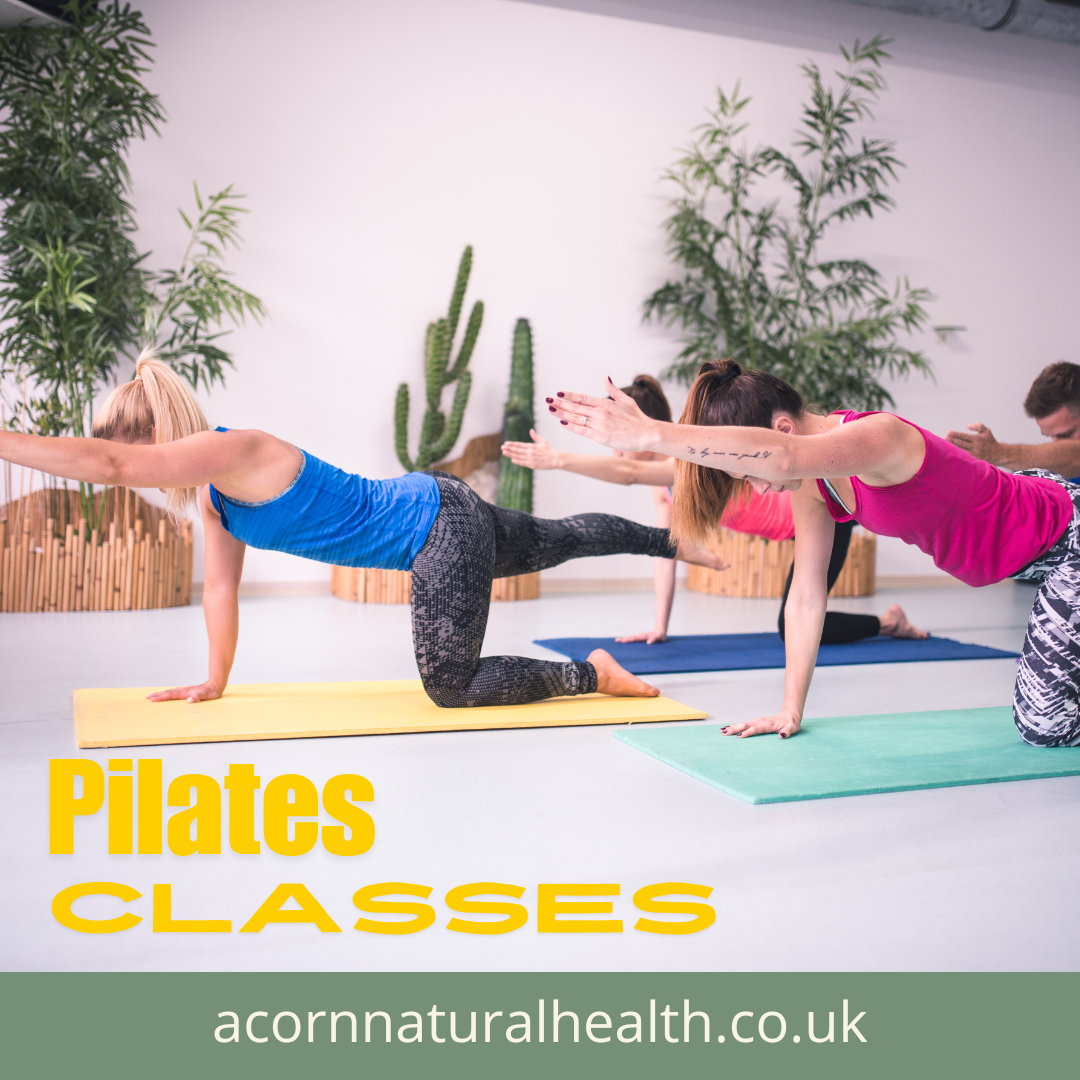Pilates might seem like a modern fitness trend, but its origins stretch back to the early 20th century, combining history with science to create a system that’s as effective today as it was then. Let’s explore how Pilates came to be, how it benefits your body, and why it might be just what you’re looking for to enhance your health and well-being.

A Journey Through History 📜
Pilates was developed by Joseph Pilates in the early 1900s. Originally named “Contrology,” this system was born out of Pilates’s fascination with the body’s mechanics and rehabilitation. Joseph Pilates, a German physical trainer, designed his method to aid in the rehabilitation of injured soldiers and dancers. His approach emphasised the importance of core strength, flexibility, and proper alignment.
Pilates believed that a strong core was crucial for overall health, and his method focused on controlled, precise movements. Over time, his techniques gained popularity, and today, Pilates is a globally recognised exercise system practiced by people of all fitness levels.
What Is Pilates? 🤸♀️
At its core, Pilates is a series of low-impact exercises that focus on strengthening the core muscles, improving flexibility, and enhancing overall body awareness. Unlike some high-intensity workouts, Pilates is gentle on the joints and emphasises slow, controlled movements that target specific muscle groups.
Key Elements of Pilates Include:
- Core Strength: Building a strong, stable core is central to Pilates. This not only improves posture but also supports the lower back and reduces the risk of injury.
- Flexibility and Balance: Pilates exercises help to lengthen and stretch muscles, improving overall flexibility and balance.
- Breath Control: Proper breathing techniques are integral to Pilates, helping to enhance movement efficiency and relaxation.
Applications and Benefits 🌈
Pilates offers a range of benefits that can enhance both physical and mental well-being:
- Improved Posture: Regular Pilates practice strengthens the muscles responsible for maintaining good posture, which can reduce back pain and improve overall alignment.
- Enhanced Core Strength: A strong core supports your entire body, which can lead to better performance in other physical activities and reduced risk of injury.
- Increased Flexibility: The stretching and lengthening of muscles can improve your overall flexibility and range of motion.
- Better Balance and Coordination: Pilates exercises help to develop balance and coordination, which is beneficial for daily activities and sports.
- Rehabilitation and Injury Prevention: Pilates is often used in rehabilitation settings because it can help strengthen muscles and improve movement patterns, making it easier to recover from injuries and prevent future ones.
Why Try Pilates?
Whether you’re looking to enhance your fitness routine, recover from an injury, or simply improve your overall well-being, Pilates offers a versatile and effective approach to achieving your goals. It’s suitable for people of all ages and fitness levels and can be adapted to meet individual needs.
If you’re curious about how Pilates could fit into your wellness journey, we encourage you to explore this holistic exercise system further. Its blend of historical insight and modern application might be just what you need to achieve your fitness and health aspirations.

